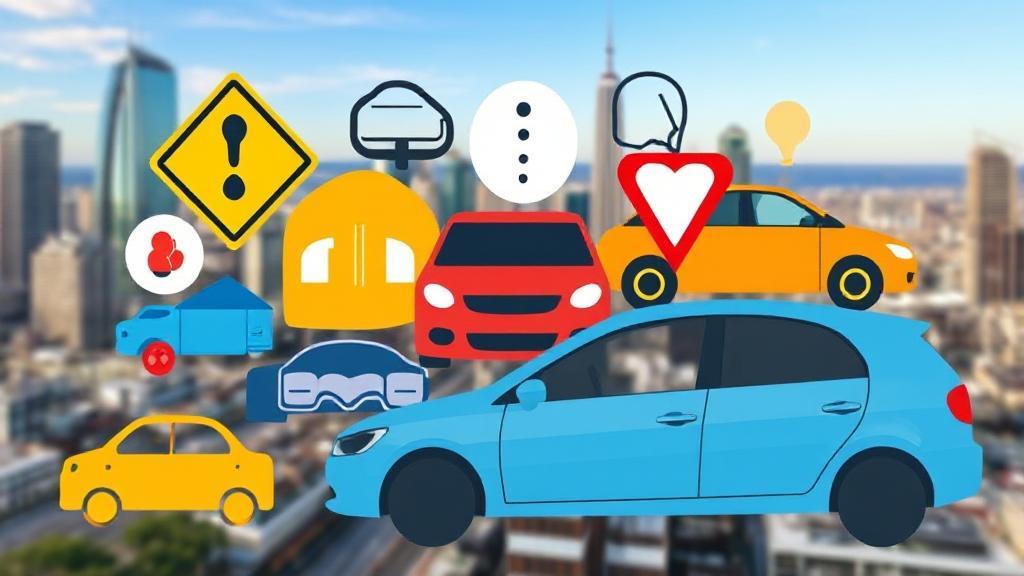Essential Coverage Options
Liability Insurance: The Foundation
Liability coverage serves as the cornerstone of any auto insurance policy and is mandatory in most states. It includes:
- Bodily Injury Liability: Covers medical expenses, lost wages, and legal fees if you're at fault in an accident that injures someone else
- Property Damage Liability: Pays for damage you cause to other vehicles or property
According to the Insurance Information Institute, experts recommend carrying at least $100,000/$300,000 in bodily injury coverage.
Personal Injury Protection (PIP) and Medical Payments
In no-fault states, PIP is essential and sometimes mandatory. It covers:
Medical expenses, lost wages, and other costs associated with injuries sustained in an accident, regardless of who's at fault.
Medical Payments Coverage (MedPay) is similar to PIP but typically offers less comprehensive coverage, focusing primarily on medical expenses.
Uninsured/Underinsured Motorist Coverage
With approximately 13% of drivers being uninsured according to the Insurance Research Council, this coverage is crucial when:
- Hit by an uninsured driver
- Involved in a hit-and-run accident
- The at-fault driver's insurance is insufficient
Optional but Important Coverage
Collision and Comprehensive Coverage
Collision Coverage pays for damage to your vehicle from accidents, regardless of fault. It's particularly valuable for:
- Newer vehicles
- Financed vehicles
- High-value cars
Comprehensive Coverage protects against non-collision incidents such as:
- Theft
- Vandalism
- Natural disasters
- Animal collisions
- Falling objects
Gap Insurance
Gap insurance is particularly important for:
- New vehicle purchases
- Leased vehicles
- Cars with significant depreciation
It covers the difference between what you owe on the car and its actual cash value in the event of a total loss.
Additional Considerations
Rental and Roadside Coverage
- Rental Reimbursement: Pays for a rental car during covered repairs
- Roadside Assistance: Provides services for:
- Dead batteries
- Flat tires
- Lockouts
- Towing services
Custom Equipment Coverage
If you have added custom parts or equipment to your vehicle, this coverage ensures they are protected in the event of damage or theft.
Factors Affecting Coverage Needs
Consider these elements when selecting coverage:
- Vehicle age and value
- Driving habits and frequency
- Geographic location
- Financial situation
- State requirements
Tips for Choosing Coverage
- Evaluate Your Assets: Higher coverage limits protect your financial future
- Consider Deductibles: Higher deductibles lower premiums but increase out-of-pocket expenses
- Bundle Policies: Combining auto with home or other insurance often provides discounts
- Review Annually: Reassess coverage needs as circumstances change
Remember that the cheapest policy isn't always the best value. For more detailed information, visit resources like the National Association of Insurance Commissioners (NAIC) or consult with a licensed insurance agent.
